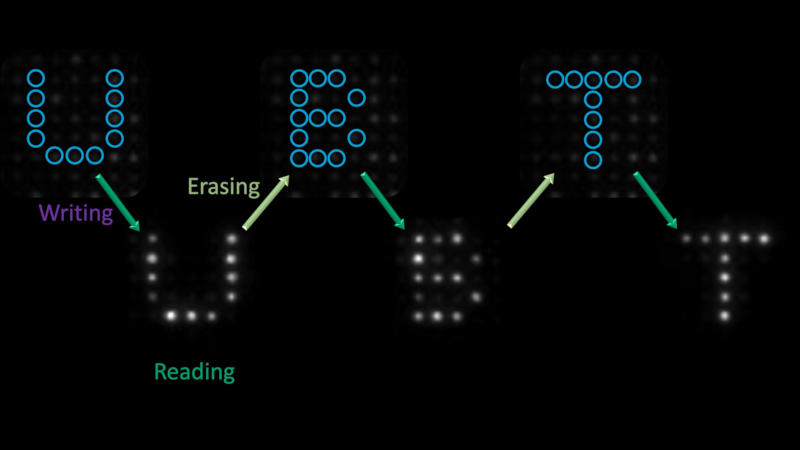Scientists at the University of Bayreuth (Germany) and the University of Melbourne (Australia) have developed a switchable optical unit for storing and reading binary information using light. The project promises to be a big step towards building a fully optical computer, which uses photons for data processing and storage, rather than electrons, as in current chips.

Image source: phys.org
The scientists used these logic gates to process information solely using light—they performed multiple read, write, and erase cycles on polymer spheres to record the alphabet on the same section of an array of microstructures. Scientists have been working on creating an all-optical logic gate for more than a decade, and this project is an example of the practical application of this technology. It will help move data processing and storage from electrons to photons and reduce the power consumption of systems.
Photonic computing also offers other benefits: You can work not only with signal strength (the number of photons), but also with wavelength (color) and polarization (direction of vibration) – resulting in a wide range of signals. One optical valve will be able to process several signals at once, which in the future will allow doubling, tripling or even quadrupling the computing power of a single optical processor.
Photons move faster and more efficiently than electrons. Therefore, fiber optic cables are used to transmit data over long distances. Their use in logic gates could be an important practical step in the use of photons in data processing.